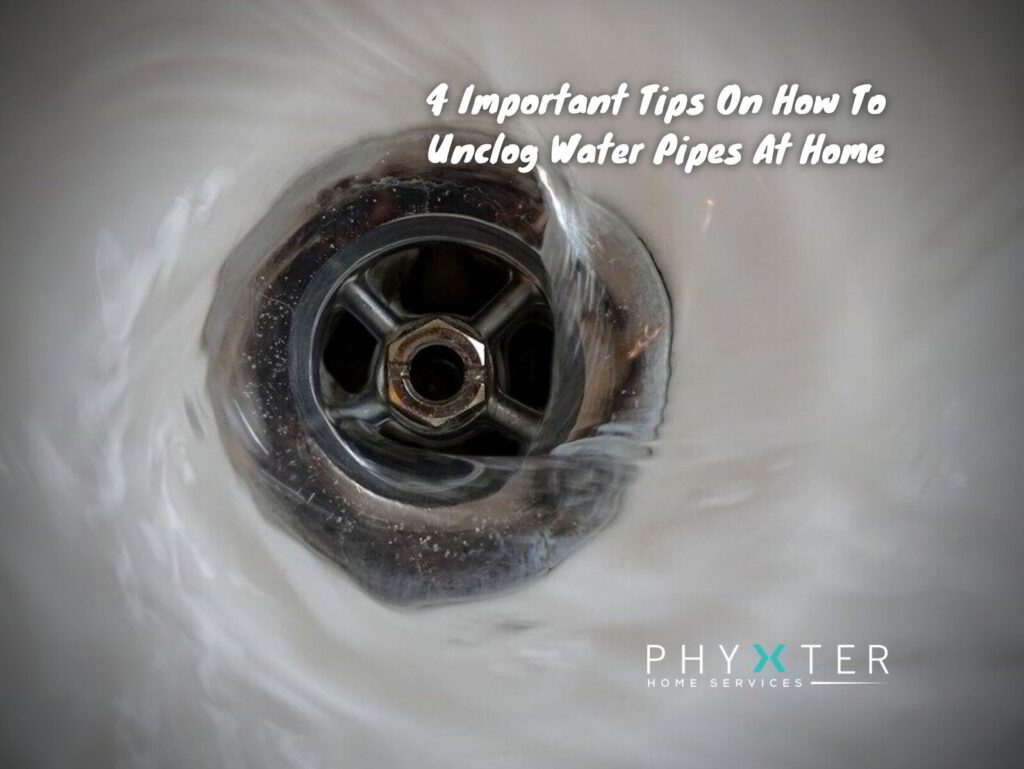4 Tips On How To Unclog Water Pipes
Clogged drains are an almost unavoidable certainty of the “life” of drainage.
Most of the time, the clogs that occur in our drainage can easily be remedied with basic cleaning agents and substances.
There are lots of everyday household products that could loosen up the blockage.
Although there could be more severe and extremely stubborn clogs, the primary and most regular type of clogging can simply be handled without the help of a professional plumber.
How Do I Fix A Blocked Drainage?
Fixing blocked drainage is pretty easy and can be done independently, except when it is too complex, and the services of a professional are needed.
As earlier stated, you can do this all by yourself more often than not.
Because there are different ways of fixing blocked drains packed with a lot of sewage, keep reading to learn more.
1. Do It Yourself (DIY) Mixtures
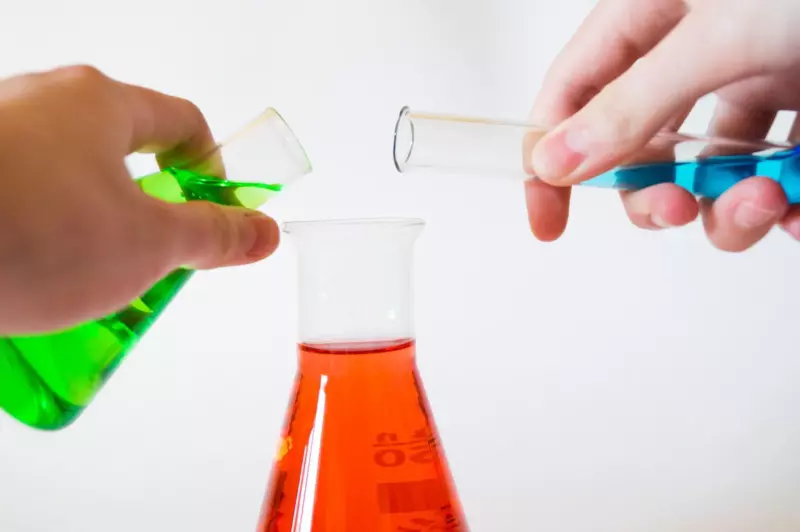
You can make a DIY unclogging mixture from a couple of household supplies.
With items like vinegar, baking soda, and water, you can make an effective and eco-friendly mixture for unclogging your pipes and drainages.
The baking soda and hot water will help loosen up any build-up in clogged pipes.
The chemical reaction when vinegar interacts with the sludge will cause it to quickly move down the drain.
To create this mixture, simply pour a pot of boiling water down the drain.
Next, pour half a cup of baking soda and allow it to sit in for about five minutes, which gives it ample time to dissolve.
Once that’s done, follow up with one cup of vinegar and one cup of boiling water.
Leave this to sit for another ten minutes.
After the baking soda and vinegar have loosened up the coagulated sewage, pour another pot of hot water down to give the drain a final flush.
The following products are all readily available household essentials that can be used to quickly unclog any drainage.
- Baking Soda and Vinegar
- Baking Soda and Salt
- Salt/ Sodium Borate/ Vinegar
- Baking Soda and Lemon Juice
- Baking Soda/ Salt/ Cream of Tartar (Potassium Bitartrate).
2. Opt For Chemical Drain Cleaners
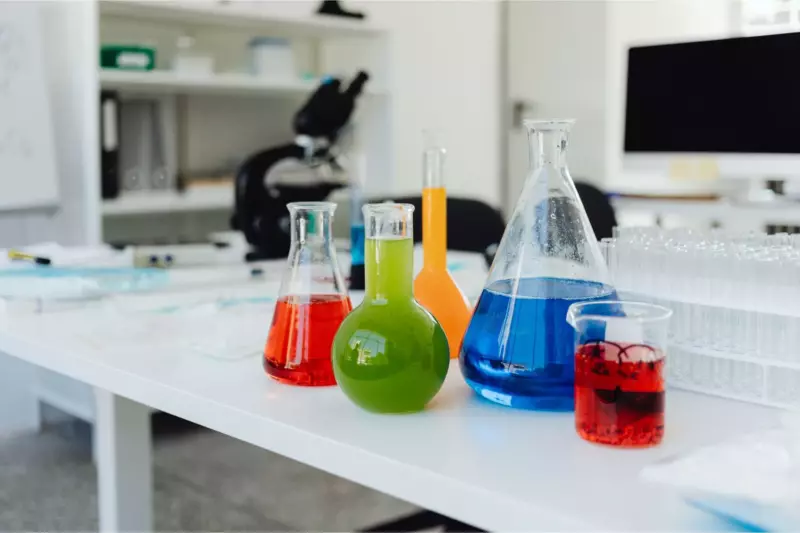
Many popular liquid drain cleaners can be found in local stores, including Drano, Liquid Plumr, and Rid-X.
🛑 NOTE: It is important to note that Drano should never be used to unclog toilets.
The chemical composition of these products is too concentrated and creates intense heat that can crack porcelain and soften the PVC piping; this will undoubtedly cost you a lot of money to repair.
These toxic and overly concentrated compounds consist of highly oxidizing chemicals, which are highly acidic and should never be breathed in or used in a closed-door environment as they are detrimental to human health.
When using them, make sure you open all windows to ensure proper and cross ventilation using chemical cleaners.
The instructions and guidelines for using these products are written on the bottle, but for effectiveness, you might end up using the entire bottle to be able to unclog the stuffed-up pipes.
The chemical solution will need to sit in place for a while.
Be sure to rinse it out with hot water before taking a bath or shower, as it may irritate the skin on contact.
Another essential factor to drive home is that chemical cleaners like the above are hazardous to humans and non-consumable.
It is highly advised to keep this safe and out of the children’s reach to prevent any casualties.
In a situation where humans consume any of them, it is highly advised not to make them swallow anything or make them puke, as it could do more harm.
If contact with any of these occurs, the affected areas should be rinsed with clean and running cold water, and medical help should be sought immediately.
3. Use A Plunger
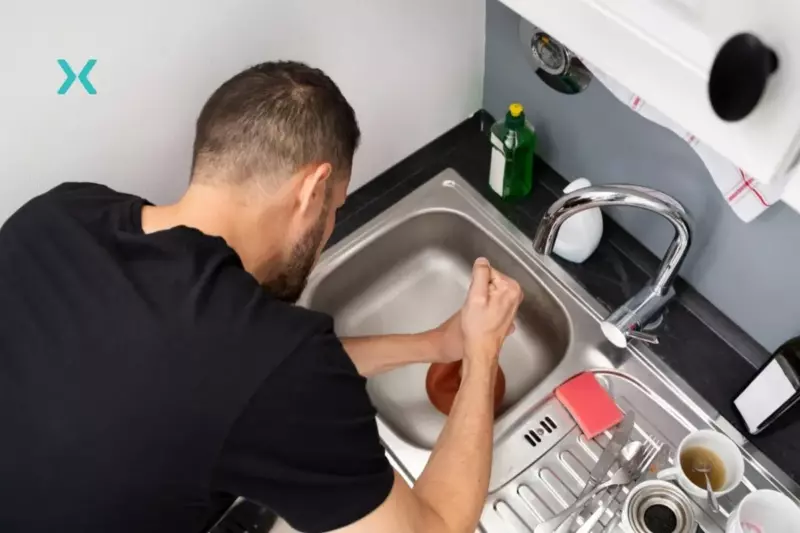
Using a plunger to unclog your drain is typically the first option everyone opts for.
The slight clogs that occur in the kitchen and bathroom towards the mouth of the drain are an accumulation of debris like food particles and a buildup of hair and soap.
If handled properly and taken out often, these secondary clogs and build-ups are unlikely to become more serious.
However, leaving these clogs on the surface is dangerous, as it could result in you having to call a professional or even having to undergo partial repiping.
Therefore, try some old-fashioned elbow grease before using chemicals or ignoring the problem altogether.
A simple plunger can do the trick, whether it is your kitchen sink, shower, toilet, or bathroom floor drain.
Ensure that the plunger covers the drain opening and is sealed on all sides, as the goal is to create a suction.
4. Attack the Sewer Line
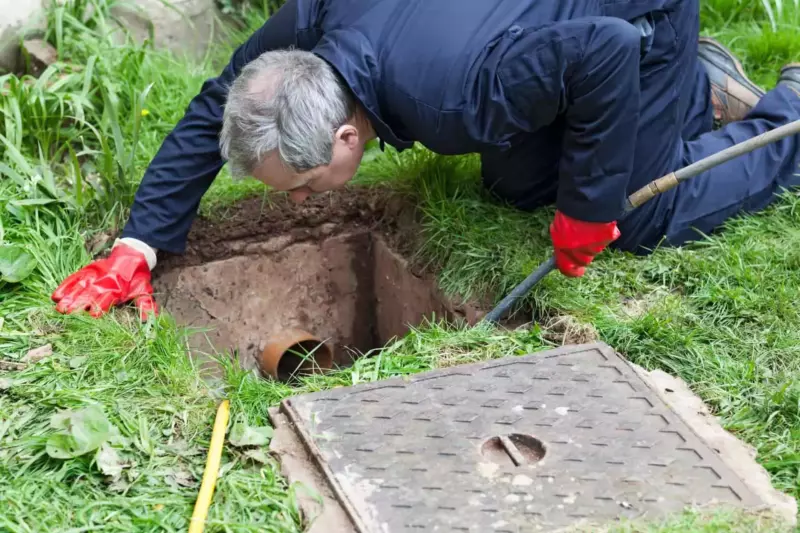
You can try locating the sewer clog and fixing it yourself if you are pretty advanced and relatively knowledgeable on a thing or two concerning sewer systems.
This will require using a drain snake or auger tool, which can be found at most home improvement or hardware stores.
The sewer lines are straightforward to locate. Often, it is a noticeable-shaped access port.
Therefore, the sewer line is more likely to be in an accessible location close to your home.
Once the sewer line has been located, you will have to find the access cover.
This depends on the severity of the clog, as you could be contending with the water pressure built up in the pipeline.
Ensure you stand away while opening the access cover, as unpleasant air and raw sewage could spew out.
To unclog the blockage, carefully feed the snake into the section of the water pipe where you think the clog could be occurring and aim it directly towards the obstruction.
You may have to use a little muscle and move the snake back and forth several times to break up the clog.
If you feel a resistance, followed by some noise likely, you have successfully broken up the debris that obstructs your sewer line.
Related Reading: Sewer Cleanout: What it is and Why it Matters
Finally!

Just as you need to stay healthy, so do your piping systems.
Therefore, cleaning your drainage as often as possible is essential to avoid clogged pipes.
If it does, do not hesitate to call a professional.
Related Reading:

